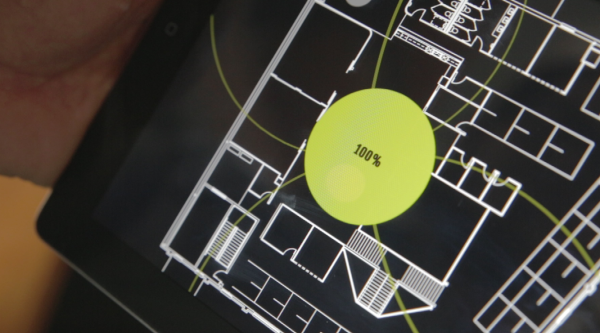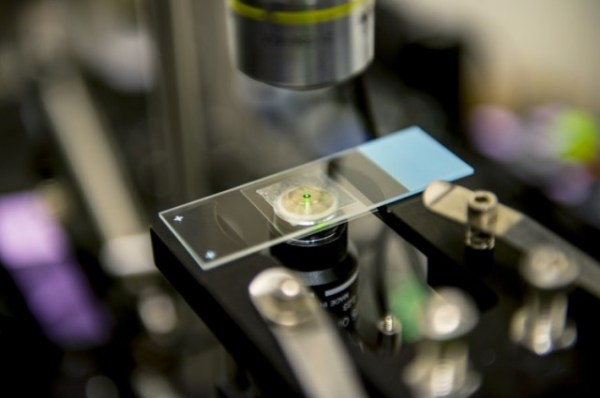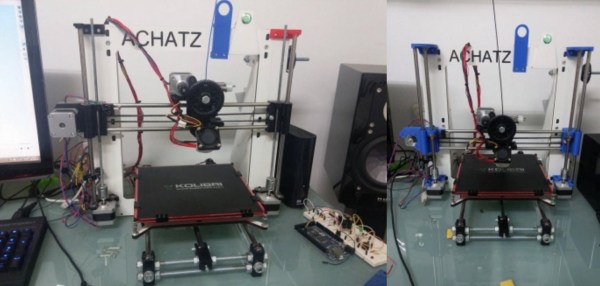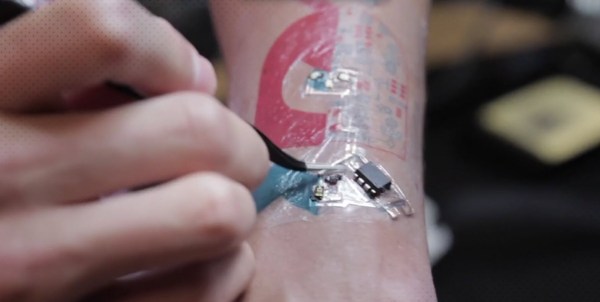Perhaps one of the most interesting YouTube channels to follow right now is [James Bruton’s] channel for XRobots.co.uk — he’s a prop maker, a toy maker — and as his site implies, a robotics guru. Put them altogether and watch him make some of your childhood dream projects come true. He’s currently working on a real-life robot creation of Ultron, and he’s messing around with Series Elastic Actuators right now.
In an earlier part of the project, he built a small robotic arm to demonstrate the motion capture suit he’s going to use to control Ultron (if all goes according to plan he’ll have a walking robot following his every move!). He showed how the basic RC servo motor driven arm works, and how it probably wouldn’t be the best to scale up since it has no external feedback — if he has a full size Ultron robot swinging its arms around, someone could get hurt.
Which led him to designing his own prototype Series Elastic Actuators using an Arduino, potentiometers, some elastics, and a geared DC motor.
Continue reading “An Introduction To Series Elastic Actuators For A Robot”

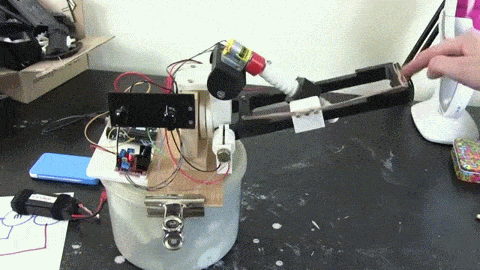
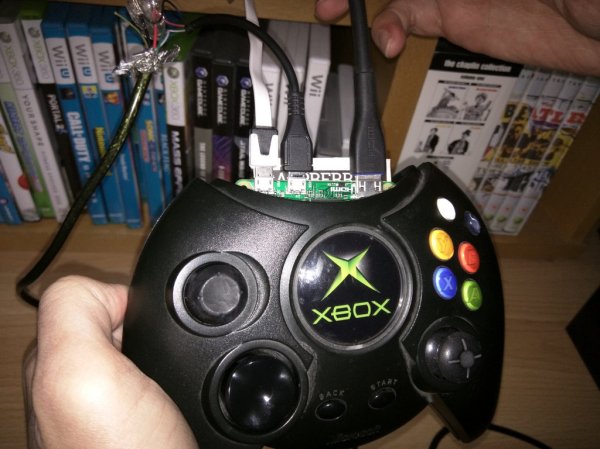
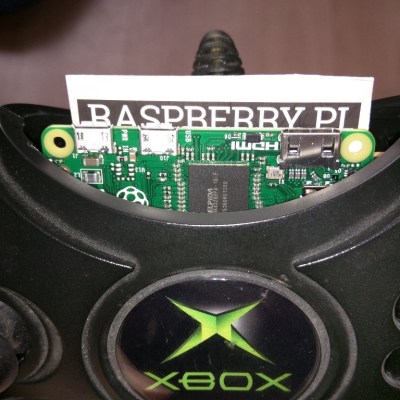 Thanks to its small size it’s actually a fairly straight forward hack with minimal modification to the controller in order to make it fit. In fact, you only need to remove the memory card holder from the controller and snip one bit of plastic in order to make it fit right in the middle — awesome.
Thanks to its small size it’s actually a fairly straight forward hack with minimal modification to the controller in order to make it fit. In fact, you only need to remove the memory card holder from the controller and snip one bit of plastic in order to make it fit right in the middle — awesome.